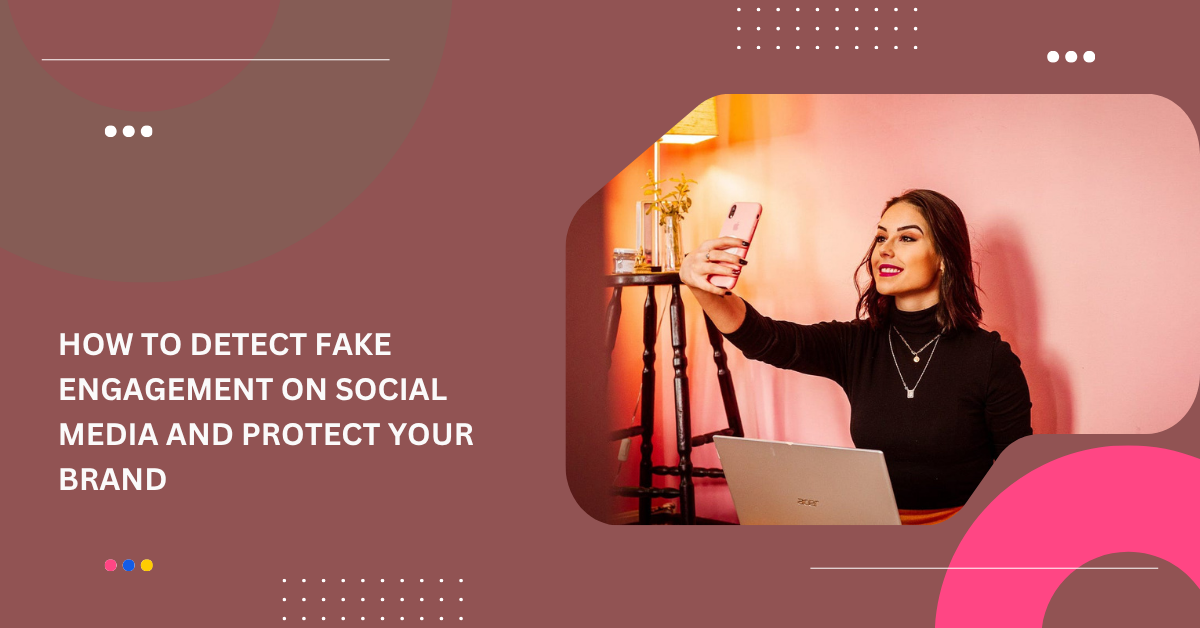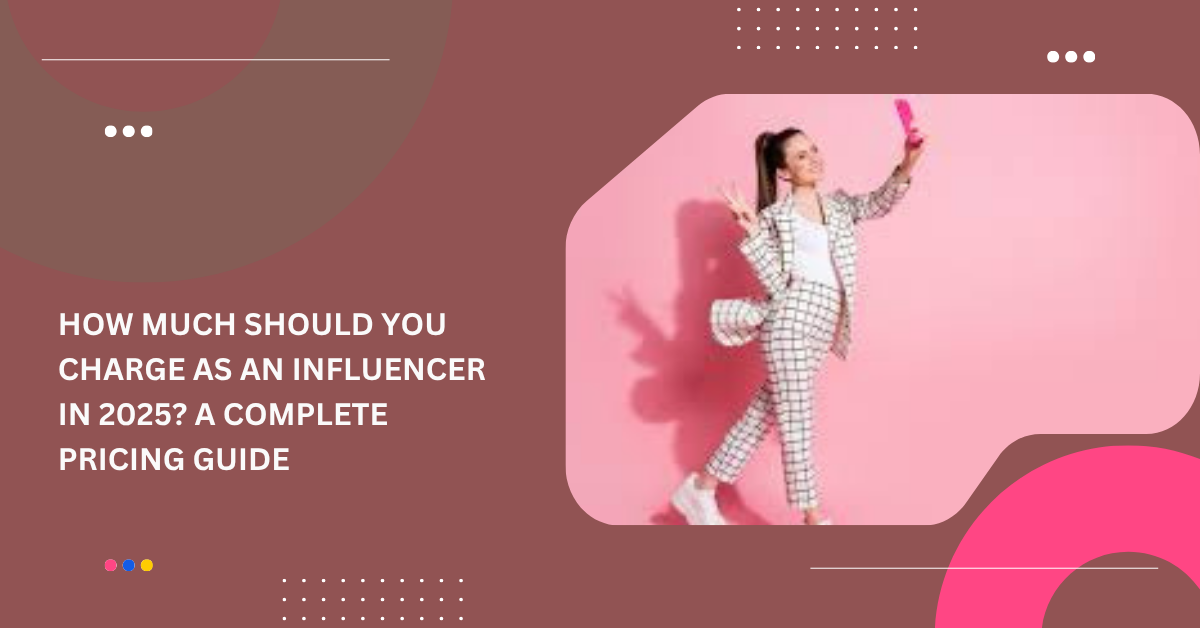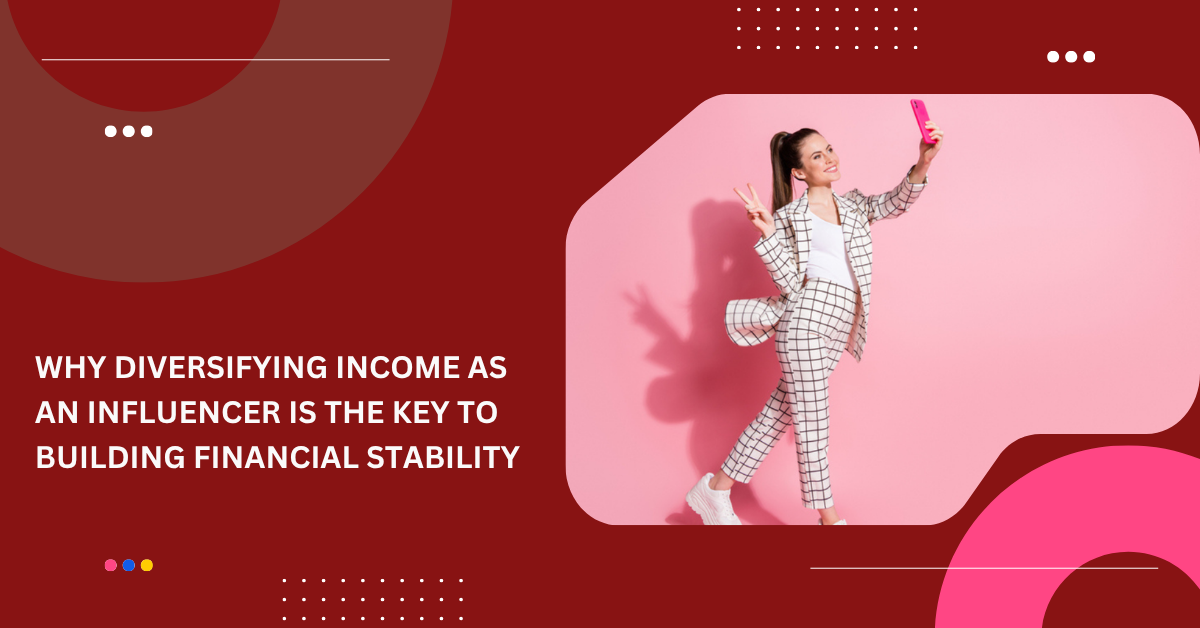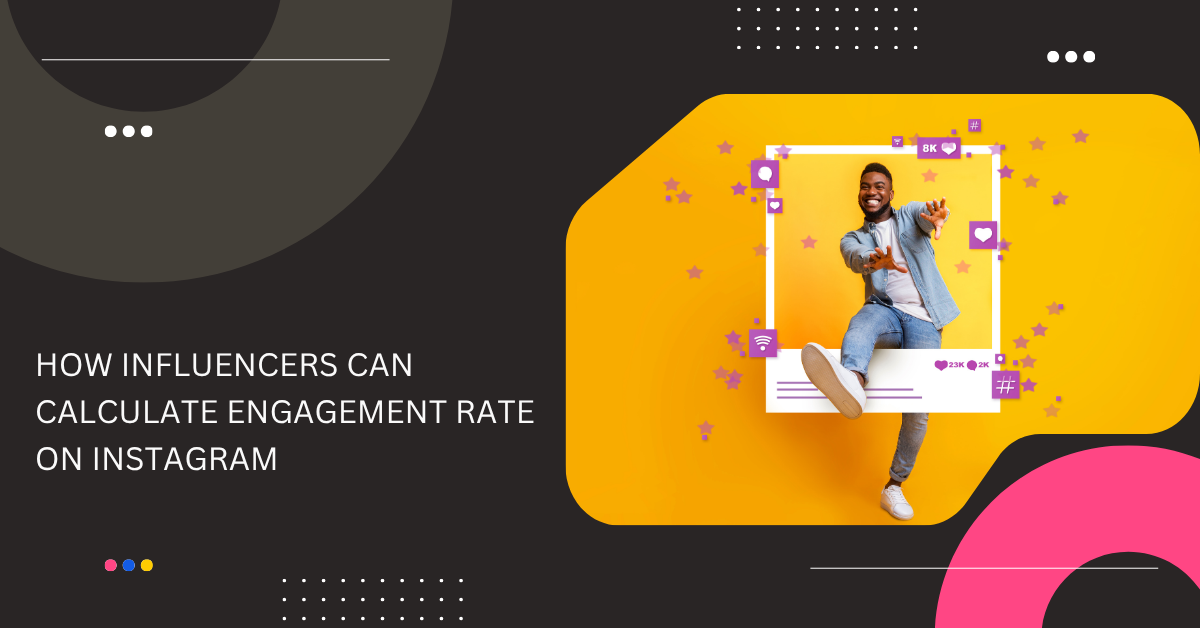In an era where engagement and reach matter more than anything, fake engagement is something that can single-handedly destroy the very structure of content creation. Whether you’re a brand, agency, or creator, campaigns built on fake metrics collapse faster than you realize. In 2025, the stakes are higher. Algorithms are tighter, legal pressure is high, and AI fraud is getting more and more common. This blog provides a framework, red flags, and tips to detect fake engagement, to ensure your engagement is built on true values.
Why Fake Engagement is a Problem for Everyone
Fake Engagement is problematic for everybody. This includes brands, creators, and agencies. Hence, being able to detect fake engagement on social media platforms becomes even more important. Let’s see how it different parties.
- For Brands: Fake engagement affects brands in three main ways. The first is wasted ad spend, because if you end up paying for reach that lands on bots rather than actual users, that is budget wasted. Secondly, damaged credibility is a big problem that brands could face if not careful. When a creator has 100k followers but only 40 comments, this causes trust problems. Finally, in some areas, wrong metrics may violate consumer laws and cause problems in the future.
- For Talent Agencies and Managers: Here again, without a good talent management strategy, reputation is a risk. You’re evaluated by the creators you represent, and if even one of them turns out to be fraudulent, then this will cause problems. Secondly, brands expect efficient delivery. If engagement is fake, actual conversion fails. Finally, there are contract risks, where you may need to negotiate protection clauses to guard against post-campaign losses.
- For Creators and Influencers: Influencers and online social media content creators have to be extra special because platforms these days suppress accounts with unnatural engagement methods or signatures. Secondly, relationships with clients break as once a brand discovers inflated metrics, its future deals are compromised. Finally, the most important thing is that fake engagement doesn’t lead to a real community, loyalty, or conversions.
The Evolution of Fake Engagement in 2025
Fake engagement is no longer just bots liking photos. Its evolution in 2025 has expanded into various practices for social media content creators.
- AI-Generated Accounts and Comments: Nowadays, it is not just content that is AI-generated, but accounts too. These accounts post content and comments that mimic human writing.
- Cooperative loops: Creators sometimes come together to artificially support each other’s posts without even evaluating them. This is done for engagement.
- Hybrid Accounts: Online accounts that behave partly real, partly automated, making detection by simple tools ineffective. This can cause a rise in artificial engagement.
- Purchasing Likes, Comments, and Follows: Third-party services provide fake likes, comments, and follows for a price. These come with layers of proxies and delays to throw off tools used to detect fake engagement.
- Ghost Followers: These include creators with a high following, having followers who don’t engage. They are mostly bots
| Red Flags | Possible Indicators | Why does it mean Inauthenticity |
| Generic/Shallow Comments | Comments like “Amazing!” or “Too Nice” too often | These are easier for comment farms or bots to generate |
| Huge Audience – Less Reach | Page with 200k followers, but impressions and reach are low | Shows that many followers aren’t real or active. |
| Sudden Follower Spikes | Overnight jumps of thousands all of a sudden | Could be purchased. (artificial follower injection) |
| Huge Engagement Spikes | A post gets 1,000 interactions in 10 minutes and then stops | Coordinated engagement boosting. |
| Follower Anomalies | Many of the followers have no posts and strange usernames | Typical case of bot accounts that serve no purpose except fake engagement |
| Mismatched Audience demographics/geography | An influencer targeting one area, but the target audience is elsewhere. | Again, it could indicate a possibility of followers that are bought |
| High engagement but no conversions | Likes, comments, but no clicks and no sales. | Fake engagement does not give meaningful ROI |
| Too many sponsored posts | An account pushing sponsored content constantly. | Could be inflating engagement to appear attractive to brands |
How Brands and Agencies Should Validate Creators
Agencies and brands need a structure to detect fake engagement and confirm that creators are legitimate. Here’s a small framework to help promote successful brand collaborations and validate creators before signing any campaign.
- Manual Audit: These are quick but effective methods to validate an online creator. Browse recent posts and check comments for originality. For video content, see if likes and comments are reasonable. Scroll through the creator’s followers and randomly check their accounts and post activity. Finally, use analytics to check the creator’s historical growth and analyze any sudden spikes.
- Use Tools and Platforms: Make use of online platforms to detect fake engagement, like Modash and influencity, that offer fake follower checks, audience quality scores, and demographic audits. Some tools analyze comment authenticity, for example, repeated text patterns or other anomalies. Many vetting tools now include API checks for real-time red flags.
- Analytics or Dashboard Requests: Ask influencers for detailed metrics. This includes insights, screenshots, and metrics of their reach and impressions in the past. Request campaign case studies with metrics and results. Compare their claimed reach and engagement with your guidelines, and if discrepancies arise, ask for explanations.
- Contractual Safeguards: This is to make sure the contract safeguards the parties. Include audit rights, where the brand or agency can verify metrics manually or using third-party tools. If the engagement or reach is lower than expected, make sure the creator makes amends. If fraud is detected afterward, allow for campaign termination
For Creators: How to Protect Yourself and Maintain Authentic Metrics
Like brands and agencies, creators must also avoid any suspicious practices and guard their reputation. Here are some simple things to keep in mind to enhance your content creator goals.
- Never buy Followers, Likes, or Comments: Many creators will promote the idea of buying followers and likes at the beginning of your career to get the ball rolling. This may seem like a simple thing to do, but the risk is too high.
- Avoid Engagement Enablers: Asking for fake engagement that falls into clickbait can easily affect the way your account is seen in public. Never get into artificial promotion, even if it metrics seem unfair.
- Regularly Audit your Audience: Use third-party tools to clean out bots in your followers and comments. Try to make it a practice to filter and audit regularly. So that you can keep interactions real as brand deals pay well if you do so.
- Promote Meaningful Interactions: Interact with your audience constantly. Ask questions, reply to comments, and encourage DMs. The relationship you maintain with your audience is the only thing that will carry you in the long run.
- Grow Steadily and Honestly: It might feel frustrating at times, but in the real world, slow, organic growth is harder to fake and more sustainable. Never give in to artificial methods to grow, however great they seem. Just because others are faking interactions doesn’t mean you should too.











